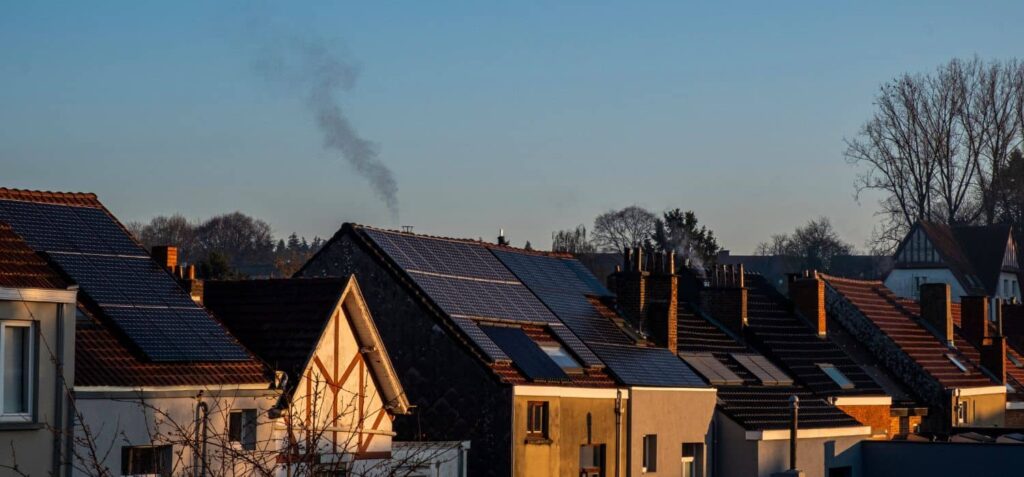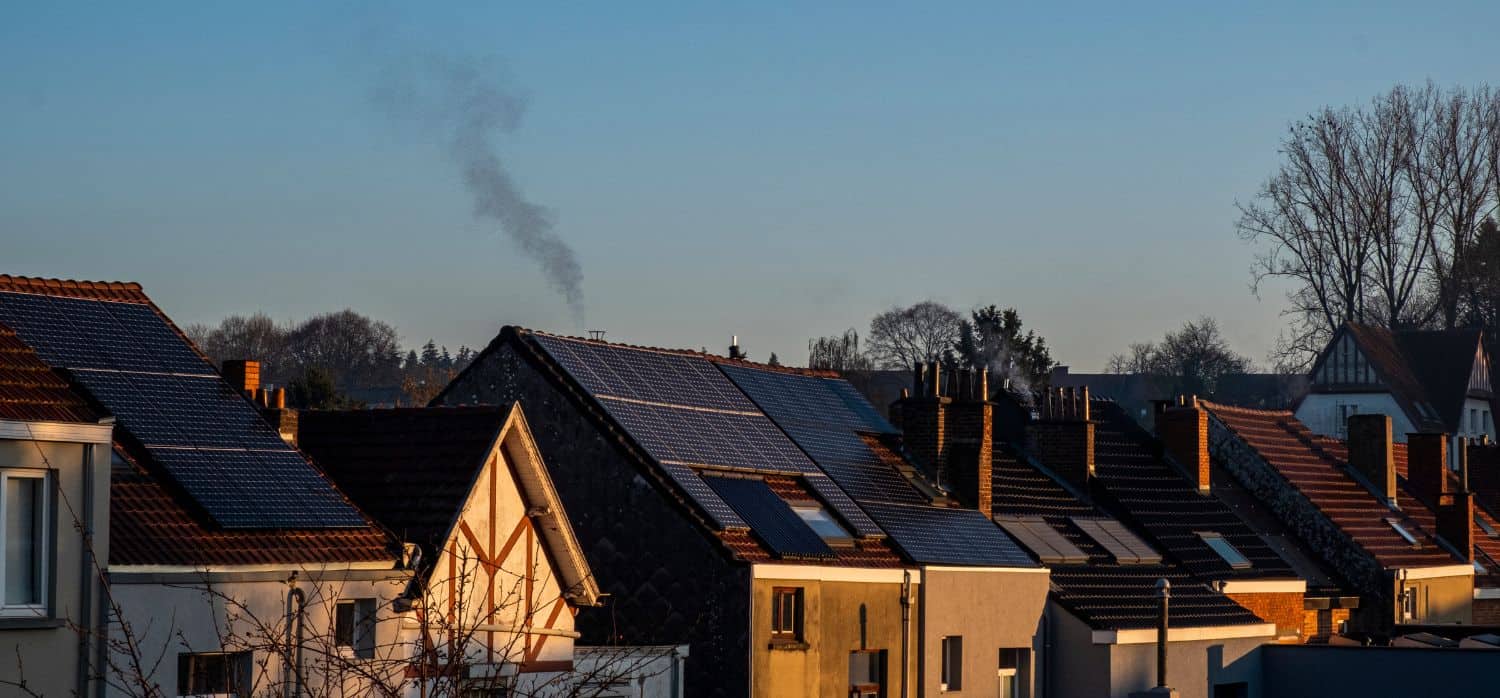
This coating can shut off power from PV installations in a matter of seconds
Spotted: Particularly in sunny climates, solar cells can be a convenient and low-impact way for buildings to lower their emissions, with over 3.3 million homes across Australia now using PV panels. However, solar doesn’t come without risks, especially when it isn’t correctly installed or maintained, and instances of fires caused by solar panel malfunctions are on the rise. As more homes switch to solar – and existing installations age and deteriorate – this fire risk will continue to grow.
To help protect the lives of inhabitants and first responders, as well as limit fire damage to property and business operations, New South Wales startup PVStop created a solution: a temporary coating that can deactivate entire PV systems in seconds and remove the risk of electrocution. The initial inspiration came when company Founder Luke Williams, who was an experienced renewable energy system designer and installer, was exposed to a severe electrical shock during an off-grid PV installation.
As long as solar panels are exposed to light, they create potentially dangerous Direct Current (DC) electricity, and historically, there’s been no practical and safe way to quickly shut off this uncontrolled electricity. PVStop makes it possible to quickly ‘switch off’ panels by removing their energy source: sunlight. Users evenly apply the light-blocking ‘liquid tarpaulin’ to the centre of a set of panels in a similar way to spray-painting a house, and once at least 40 per cent is covered, power generation stops. For maximum safety, users can coat the full surface of the panels.

According to EMEA Sales & Marketing Manager Alex Keene, “PVStop can be applied before an electrical event escalates into a fire incident, during an incident, or after an incident to mitigate the risk of a secondary fire developing.” Shutting off the solar power source in this way ensures the safety of emergency workers, PV system owners, and fire investigators, as well as minimises property damage. Once it’s safe to do so, the coating can be easily peeled off without causing damage to the panels.
Keane told Springwise that the company is now developing a large-capacity, drone-based delivery solution, which will help global safety agencies address growing concerns and risks around dangerous or hard-to-access PV systems. By adapting agricultural drone technology, detection solutions, and AI software, PVStop aims to achieve “autonomous delivery of the light-blocking coating for both Building Applied and Building Integrated PV systems”.
